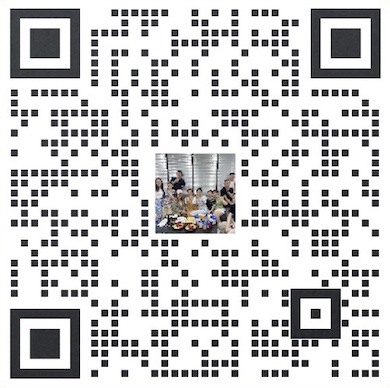
7x9小时
9:00am - 6:00pm
免费售前热线
13338363507
Collaborative Forecasting: Integrating User Insights into Business Planning
2024-02-06
Collaborative forecasting is a process that involves integrating user insights into business planning. This approach allows businesses to leverage the knowledge and expertise of their employees, customers, and other stakeholders to make more accurate and informed forecasts. By involving a wide range of perspectives and insights, collaborative forecasting can help businesses to better understand market trends, customer preferences, and other factors that can impact their future performance.
One of the key benefits of collaborative forecasting is that it can help businesses to make more accurate predictions about future demand for their products or services. By involving employees from different departments, as well as customers and other stakeholders, businesses can gain a more comprehensive understanding of the factors that can influence demand. This can help businesses to avoid overstocking or understocking their inventory, and to better align their production and distribution processes with actual demand.
In addition to improving demand forecasting, collaborative forecasting can also help businesses to better understand market trends and customer preferences. By involving customers in the forecasting process, businesses can gain valuable insights into the factors that drive purchasing decisions, as well as the features and attributes that are most important to customers. This can help businesses to develop products and services that better meet the needs and preferences of their target market, and to identify new opportunities for growth and innovation.
Another benefit of collaborative forecasting is that it can help to improve communication and collaboration within an organization. By involving employees from different departments in the forecasting process, businesses can break down silos and encourage cross-functional collaboration. This can help to improve the flow of information and ideas within an organization, and to foster a more collaborative and innovative culture.
To implement collaborative forecasting effectively, businesses need to create a structured process for gathering and integrating user insights into their forecasting activities. This may involve using surveys, focus groups, or other methods to gather input from employees, customers, and other stakeholders. Businesses also need to have the right tools and technologies in place to analyze and integrate this input into their forecasting models.
Overall, collaborative forecasting can be a powerful tool for businesses to improve their forecasting accuracy, better understand market trends and customer preferences, and foster a more collaborative and innovative culture. By involving a wide range of perspectives and insights in the forecasting process, businesses can make more informed decisions and better position themselves for future success.
↓Scan code to addqiqueadviser↓

↑Learn more digital scenes↑
Extended Reading:
Linking CRM User Experience Metrics to Key Performance Indicators (KPIs) CRM and Customer Satisfaction: Elevating User Experience for Lasting Relationships Strategic Planning in CRM User Experience: Crafting a Long-Term Vision Aligning CRM User Experience Objectives with Management Strategies Continuous Improvement in CRM Interface: Iterative Approaches for Enhancement UX/UI Design Collaboration in CRM Development: Achieving Synergy Ensuring Accessibility and Inclusivity in CRM User Experience Crisis Management in Interface Issues: Utilizing CRM for Recovery Strategies Training Teams for CRM Interface Changes: Bridging Knowledge Gaps CRM Security Concerns in Interface Design: Safeguarding Sensitive Information more>>
Useful
Useless
Share on WeChat
Open within mini program
![]()
Open WeChat to "scan" and forward to friends
Open WeChat "Scan" and open it in the mini program
关闭预览


